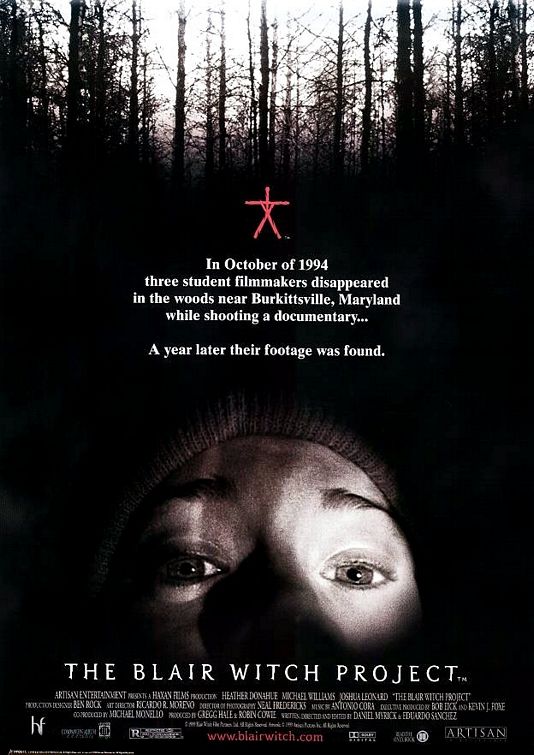


No, witches endure because they channel an unceasing appetite for cruelty: a willingness to destroy whatever stands in the way of their desire and an eagerness to sacrifice whomever it takes to prove undying devotion to their own wickedness.Ĭonsidering the epic moral quandaries witches and witchcraft so often represent, it’s no wonder these characters have appeared in all kinds of stories intended for all kinds of audiences. What makes these characters compelling isn’t their sentient spell books, flying broomsticks, or poisonous apples. Some witches just want to be loved consider the appropriately-named “The Love Witch” or the middle chunk of “Harry Potter and the Half-Blood Prince.” Others crave beauty, youth, power, or something altogether more sinister think the unending greed examined in Luca Guadagnino’s astounding re-imagining of Dario Argento’s “Suspiria.” Some witches feed on children see Roald Dahl’s “The Witches” and its two film adaptations starring Anjelica Huston and Anne Hathaway respectively. As old as ghost stories themselves, witches are fabled beings - typically more human than creature, but sometimes vice versa - known for using magic to abuse and manipulate us mere mortals.

From an evil queen pondering “Mirror, mirror on the wall: Who is the fairest of them all?” to Three Weird Sisters chanting “Double, double toil and trouble! Fire burn, and cauldron bubble,” witchcraft has been something of a skeleton key across centuries of storytelling on screen and in print.


 0 kommentar(er)
0 kommentar(er)
